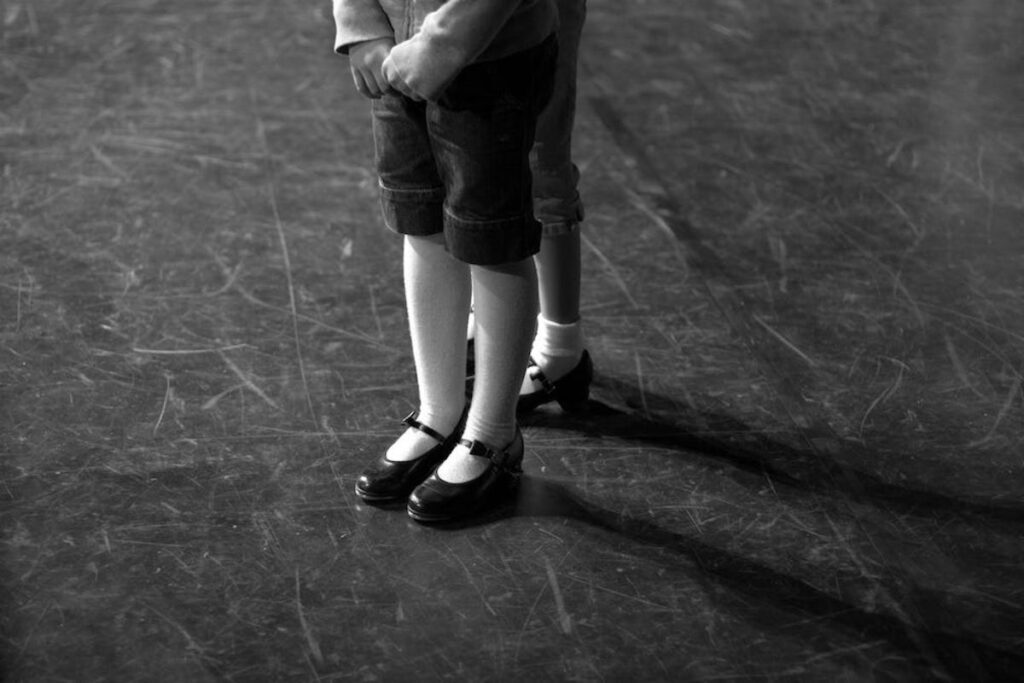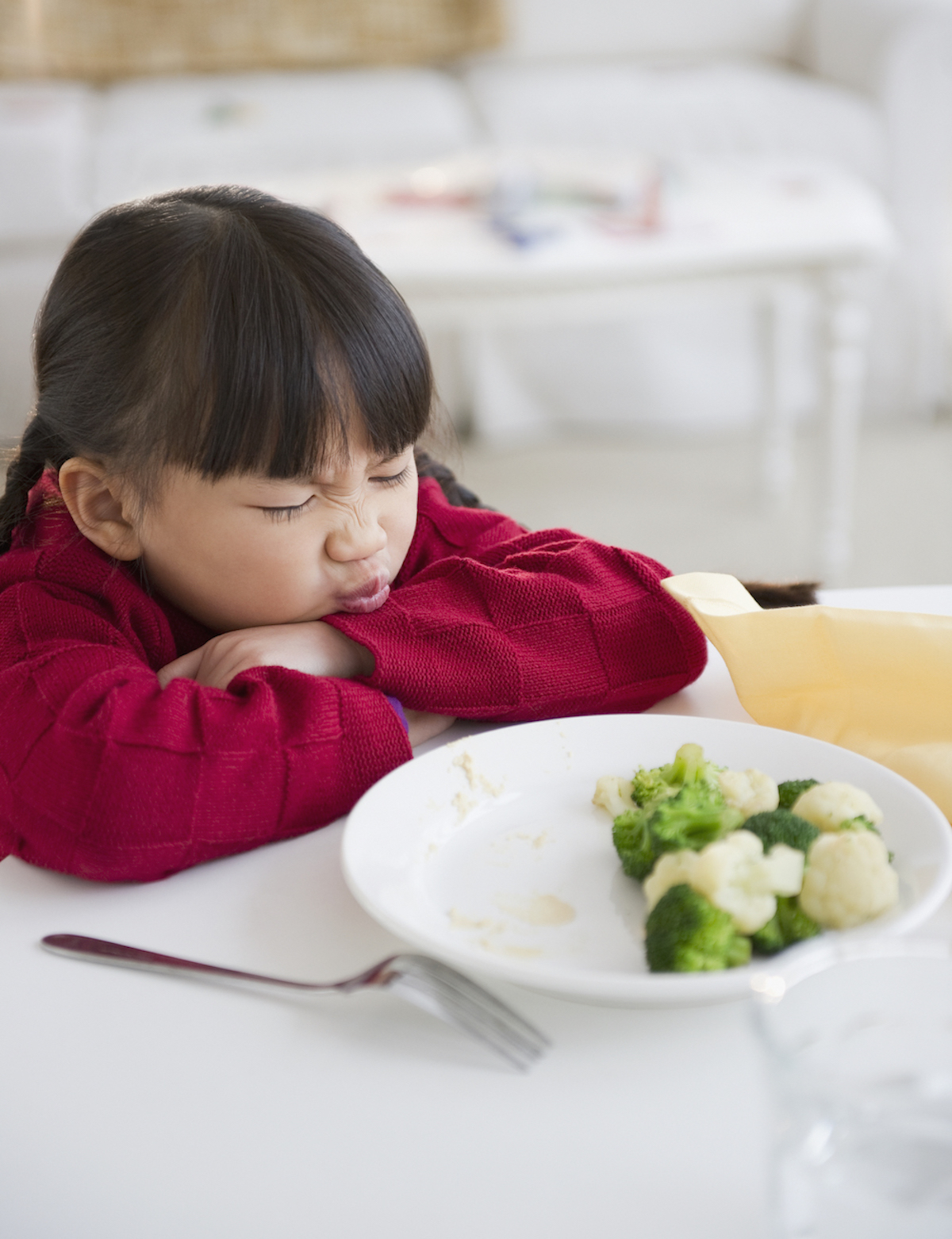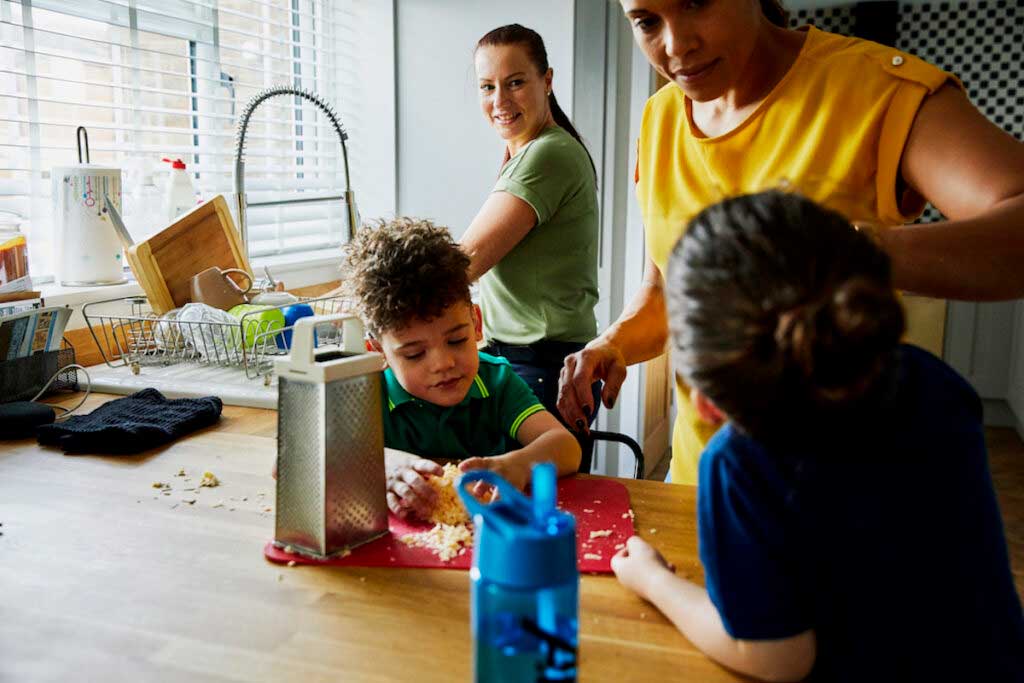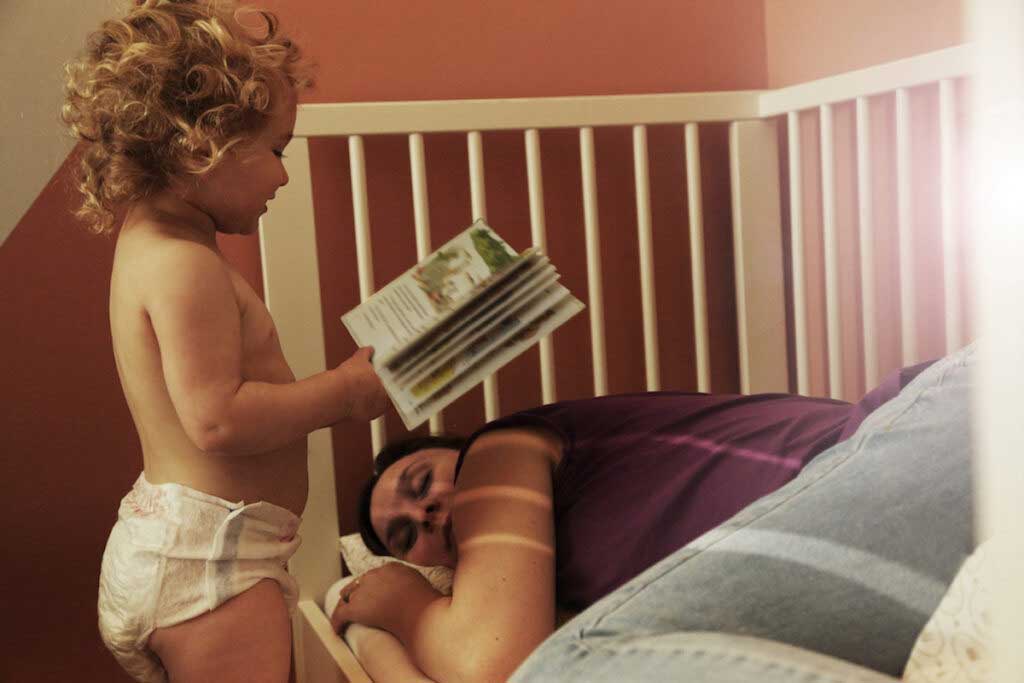I wrote the The Family Firm as the third in a series of books, focused on the early school years. A big chunk of the book is data — school, nutrition, sleep, extracurriculars, screens — but the first part is more focused on family decision-making. The broad pitch is that in a time of life when everyone’s decisions are slightly different, you don’t really need the answer. You need a way to decide. The book tries to give people some tools to help them make those decisions more deliberately.
One key element is a decision procedure I call “The Four Fs,” which is useful when you’ve got a big choice (school, child care, summer camp choices, extracurriculars, etc., etc.). My argument is that by employing more explicit procedures, you can make better decisions and also give those decisions the attention they deserve but not all of your attention. The Four Fs are:
- Frame the question
- Fact-find
- Final decision
- Follow-up
I want to write today about the value of the fourth F, the follow-up. I’m calling this element out for two reasons. First, I think we don’t do this enough. Even those of us who do engage in deliberate decision-making often don’t incorporate the last piece. And second, this is something you can do even if you don’t want to adopt the system wholesale. This is a general point that I’ve tried to make when asked about the book. I think of The Family Firm as a suite of tools, of ideas, for making your family run better. Our family didn’t get to this all at once, and your family will not either. But there are moments when adopting some small changes can benefit you. And this is one.
The basic idea
The basic idea behind follow-up is that when you make a big decision, you should have an explicit plan, a time, to follow up on it. We often treat our big decisions — school choice, activities, getting our kid a phone — as immutable. But in many cases, they are not. We do not have to do soccer this year just because we did it last year. If we have a choice of schools, we can consider that choice multiple times.
It’s even more true for smaller decisions. If we move bedtime up or back by an hour, we can change it back. If we decide to start having dinner together once a week, we can change our mind and do it less or more. If we adopt a family policy about phone use in the house or at meals, it can be revisited.
The fact is that very few of our parenting decisions (putting aside the decision to become a parent) are unchangeable. The “follow-up” step acknowledges this, and suggests that we go one step further and that at the time we make a decision, we make a specific plan to re-evaluate it.
Why is this important?
Being able to change your mind about these decisions is important because one of the key features of big, hard choices is that we cannot be sure we make the right decision the first time. We can be confident we have been thoughtful in the process, but more information is almost always revealed by seeing the consequences of our decisions. So it makes sense to follow up; once we know more, we can make better choices.
More complicated is the question of why we should plan to follow up. The reason, at its core, is because we do not like to admit we made a mistake. There is a kind of cognitive dissonance or confirmation bias or, less technically, a liking-to-be-right-ness that lives in all of us. In the end, if I spend my entire fall driving my kid back and forth to a distant suburb to learn to tap dance, I really do not want to say to myself at the end, “That was a mistake!”
What that means, in turn, is that if we do not plan to follow up, we are unlikely to do so, and we are especially unlikely to do so when a choice wasn’t the right one. Our instinct is to double down, to dig in, to push back against a suspicion of mistake.
Planning to follow up can help by basically forcing the issue. It can also help by normalizing the mistake: It wasn’t so much a mistake but an experiment. We knew it might not work! Which is why we planned the follow-up. We can maintain part of our feeling of right-ness even when admitting we were wrong.
In a way, it’s a bit like Marie Kondo. In her book about tidying, she explains how you can live with getting rid of the clothes that still have tags on them that you never wore. Rather than feeling bad, and keeping them because you feel bad, you hold them close and say, “Thank you for teaching me that I am not a person who wears leather pants.” And then you toss them.
Thank you, life, for teaching me that I did not actually want my kid to learn to tap dance.

Examples
Follow-up fits in lots of places.
- Scenario: Your kid does an intensive seasonal extracurricular. Follow-up: Discussion, 1 to 2 months after the season, about re-enrollment.
- Scenario: You decide to send your kid to child care, rather than have a nanny or stay-at-home parent. Follow-up: Plan to revisit at re-enrollment time. Is this still working for you and your kid?
- Scenario: You get your kid a phone. Follow-up: In 3 months, re-evaluate whether the phone is becoming a problem. BTW, this one is hard, because no child will want to give up their phone. Which makes it even more crucial to plan this, to set expectations.
- Scenario: You do not get your kid a phone even though they want one. Follow-up: Plan to re-evaluate. Eventually, you probably do have to pull the trigger.
You get the idea. Plan to admit you were wrong, or at least allow for the possibility.
There is an added secret value to this, which is that planning to (perhaps) be wrong makes it easier to experiment. There is immense pressure in making a big decision under the assumption that you can never change your mind. But you can, often, which is the central point here. Trying a new thing, big or small, is a lot less daunting if you know you can follow up and see how it goes.
Community Guidelines














